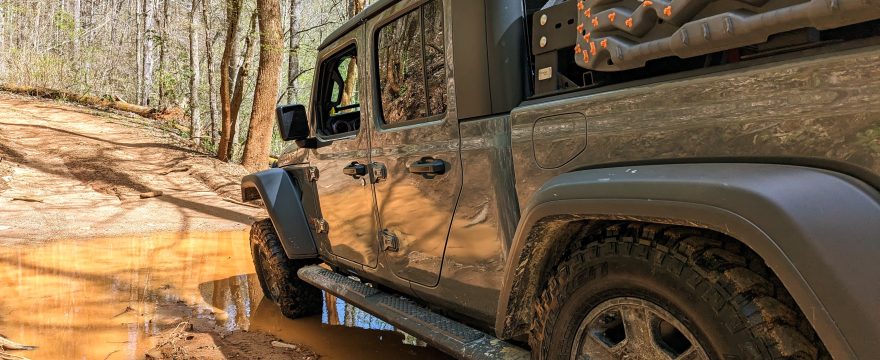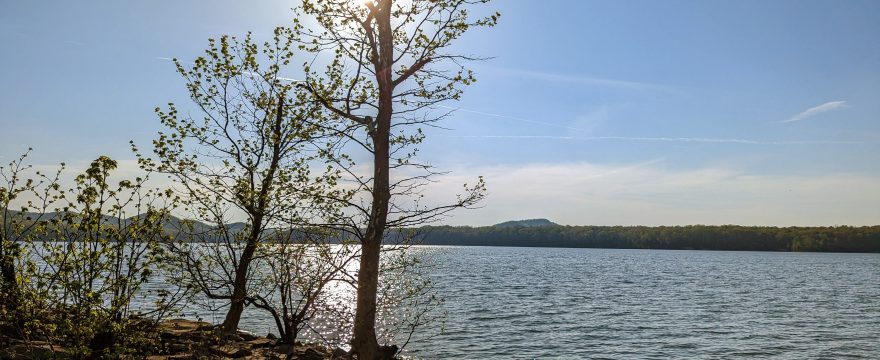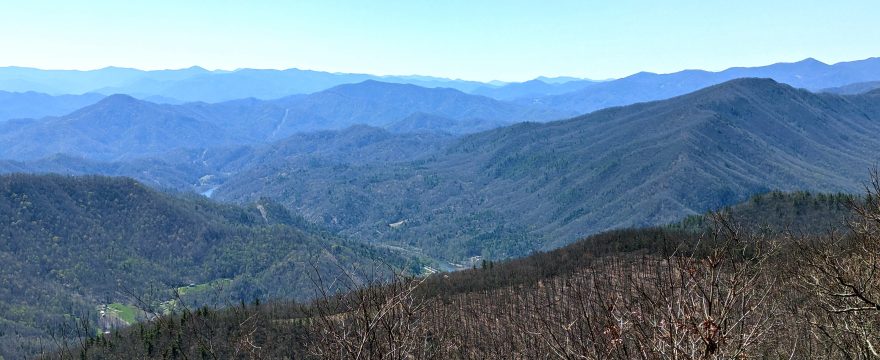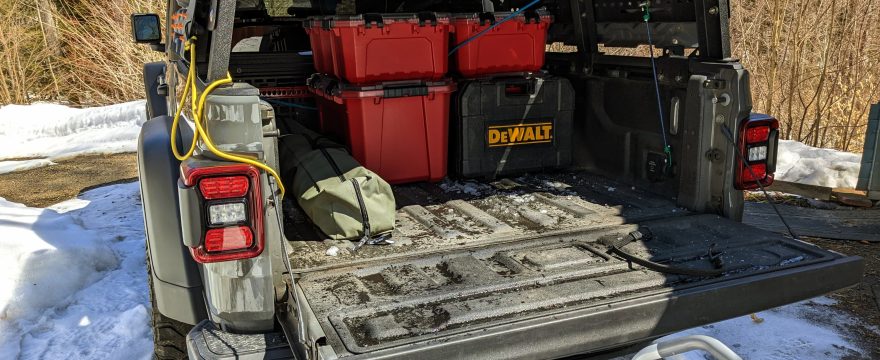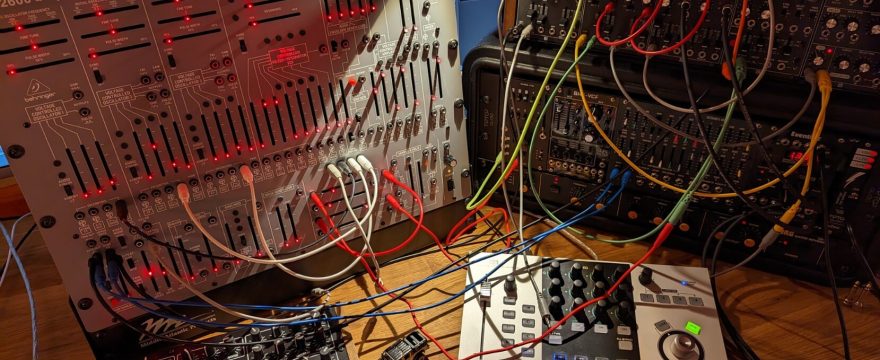And this is the part where I post a couple dozen photos of my time. Enjoy.
(all photos taken on Pixel4 and Pixel7 phones)Spring South Part 3: Turning Fifty
Something unique happened during this trip. I turned 50.
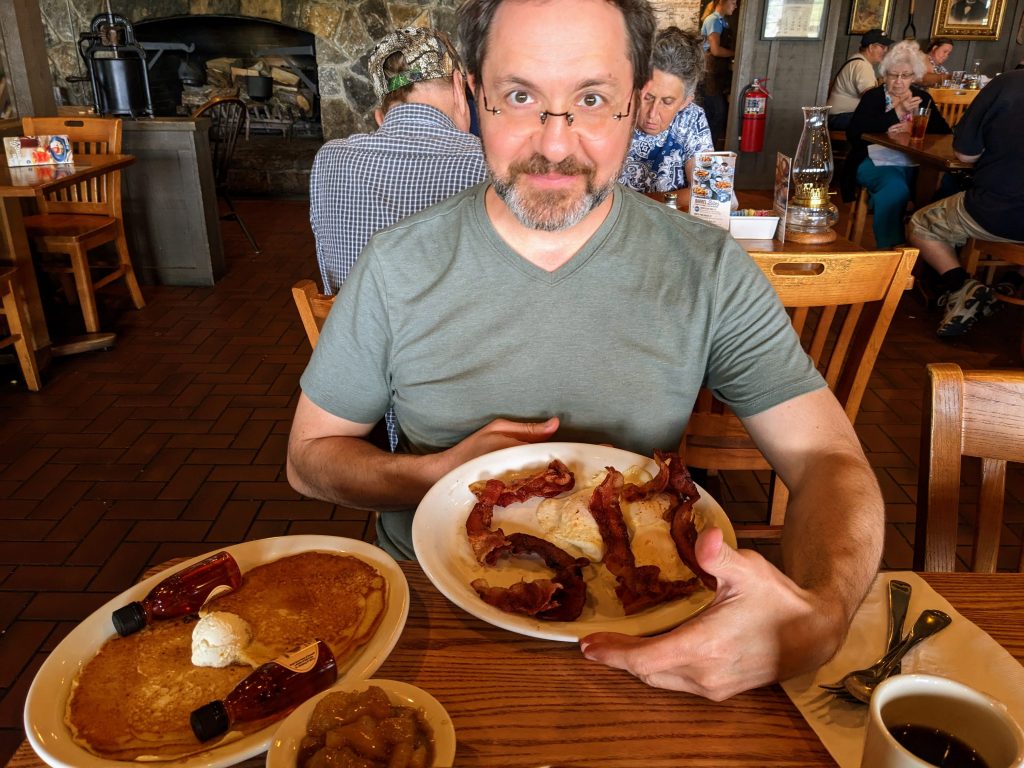
I spent a significant amount of my camping and exploration time reflecting on this milestone. (As one does, I suppose.)
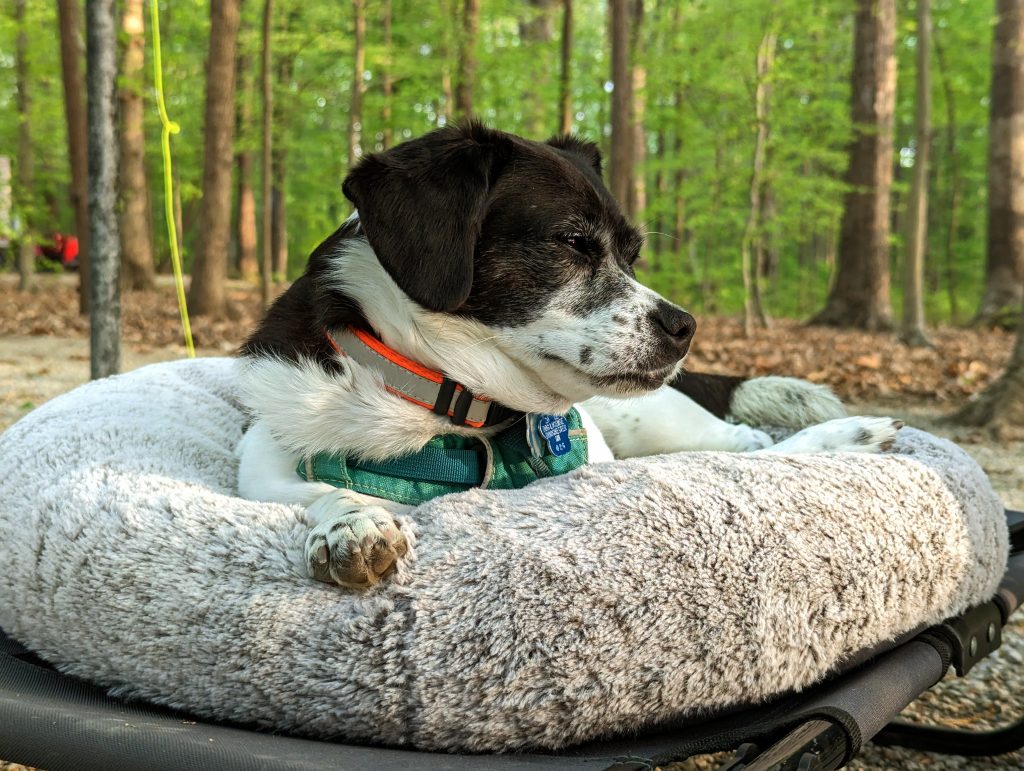
Then (what are the odds?) I accidentally (but also on purpose) deleted the last decade (maybe more?) of my personal notes, sketches, formulas, and tracking data. A few unpublished essays were saved, but not all.
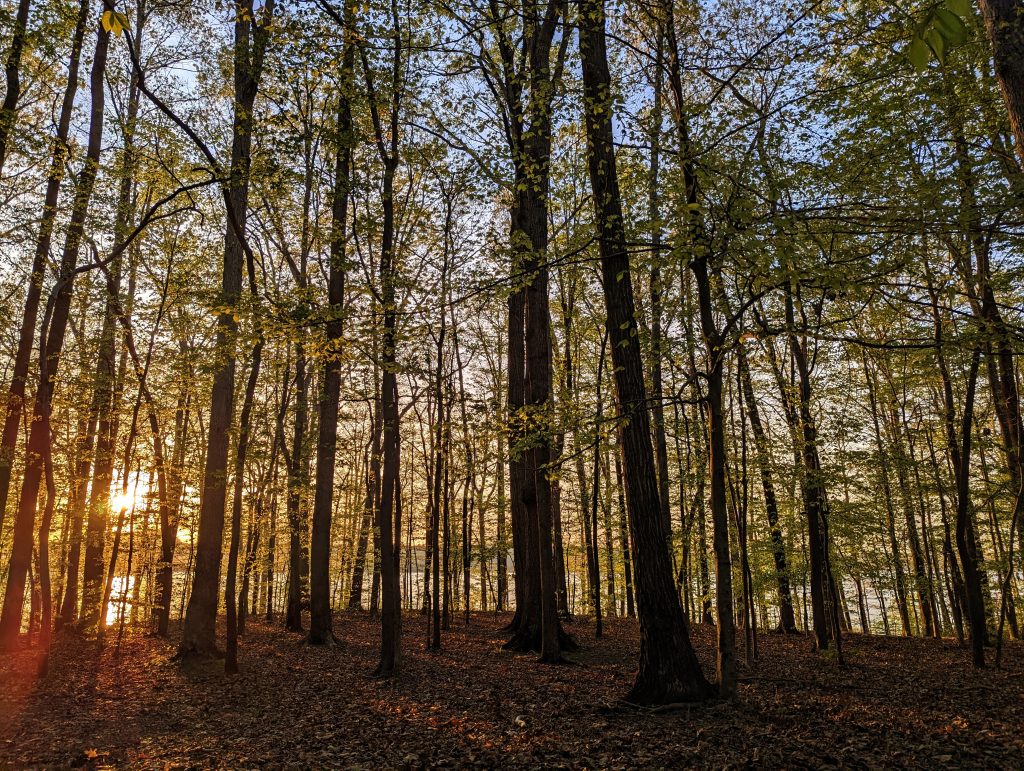
These ideas were steeped in the work of my early adulthood (now mostly uninteresting to me) when my brain was lightning-fast, light, and agile. They had sat alone in the cloud, waiting for an opportunity to be reviewed and possibly critiqued or improved…
And then they were gone. Where did they go? Doesn’t matter…
Today I open a new (slower, but most definitely wiser) chapter.
Spring South Part 2: First Spring
After some decent sleep and a decidedly southern breakfast, Scully was ready to adventure.
Right away Kiki found an old friend…
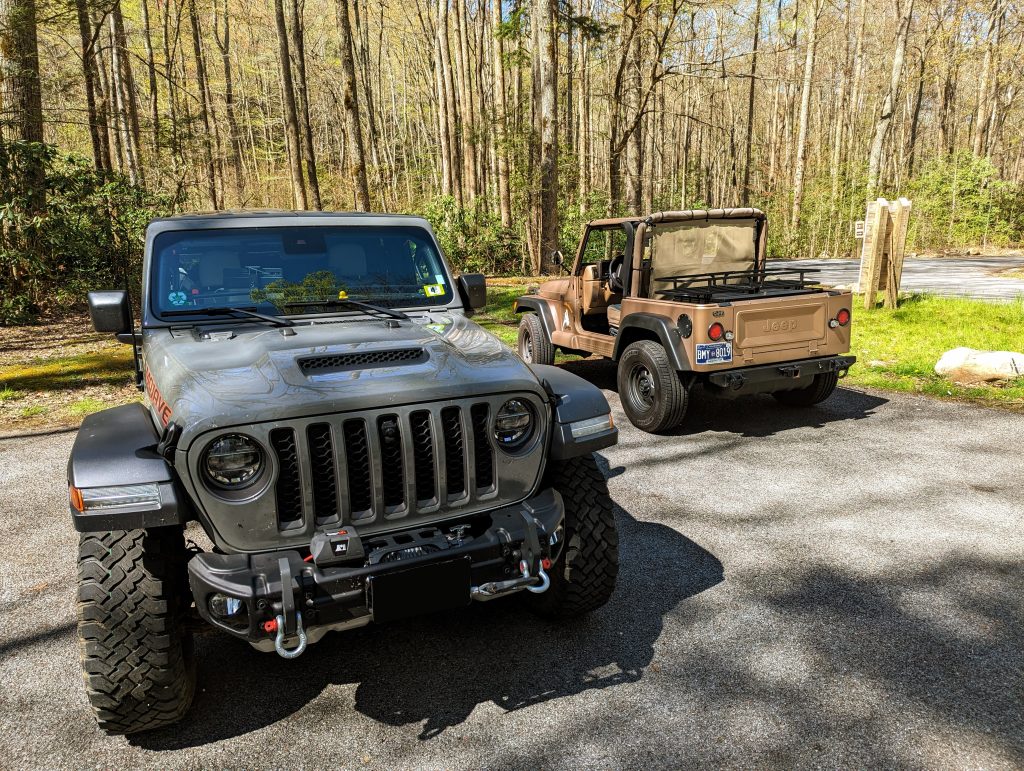
…and we were off to explore the backcountry.

The views in the Blue Ridge Mountains did not disappoint.
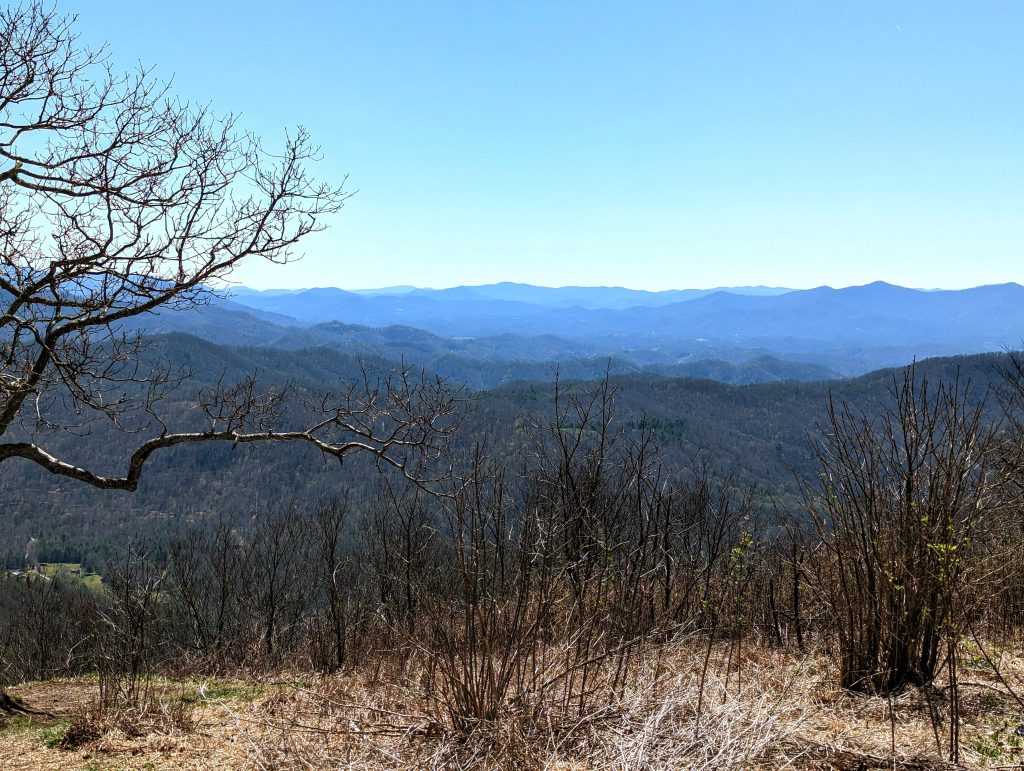
And neither did the early signs of spring.

It had been a minute since we were camping together, but it sure didn’t feel like it.
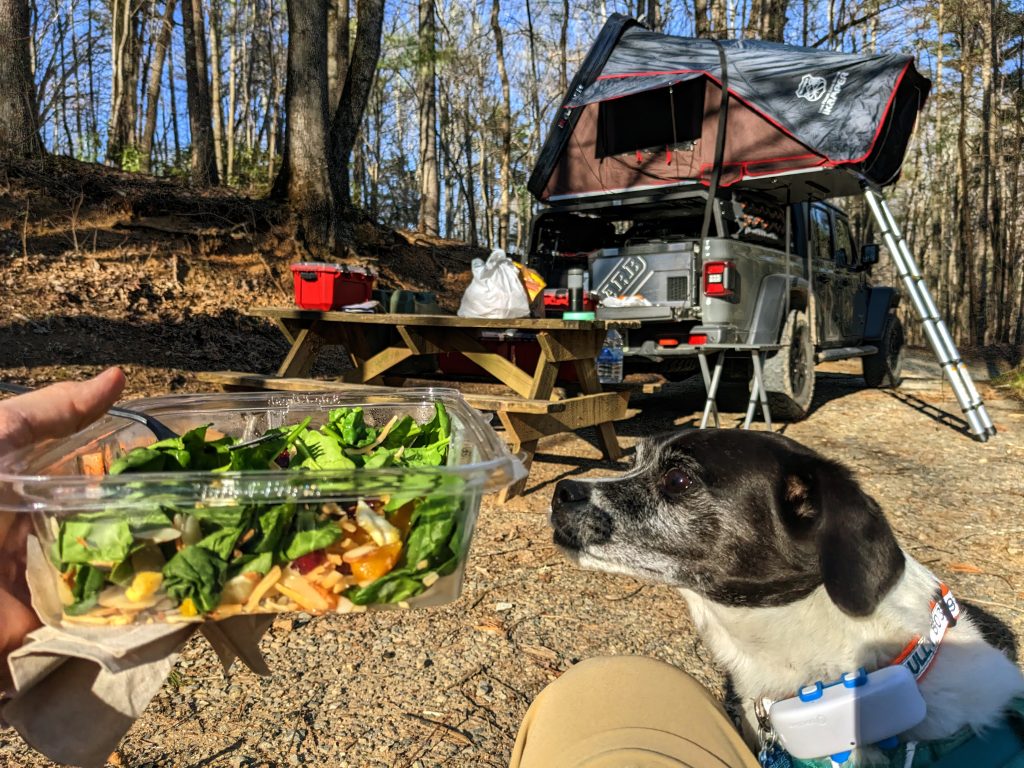
Spring South Part 1: Getting There
Provided you love winter, there’s only one NOT fun season of weather in the north country. It’s called MUD season and it’s truly awful because when several feet of snow melts you’re left with a sloppy mess that attracts an unending supply of biting bugs.
This year I was determined to escape and seek out an early spring. But first, a stop in Keene to assist with a little studio work and to visit with friends.
Bright and early on a chilly 23° morning, it was time to bundle up and head out!

Kiki got DUCKED at our first stop…

…and soon we found our first signs of spring. They wouldn’t be our last.
At Scully’s request, we stopped to smell the grass.
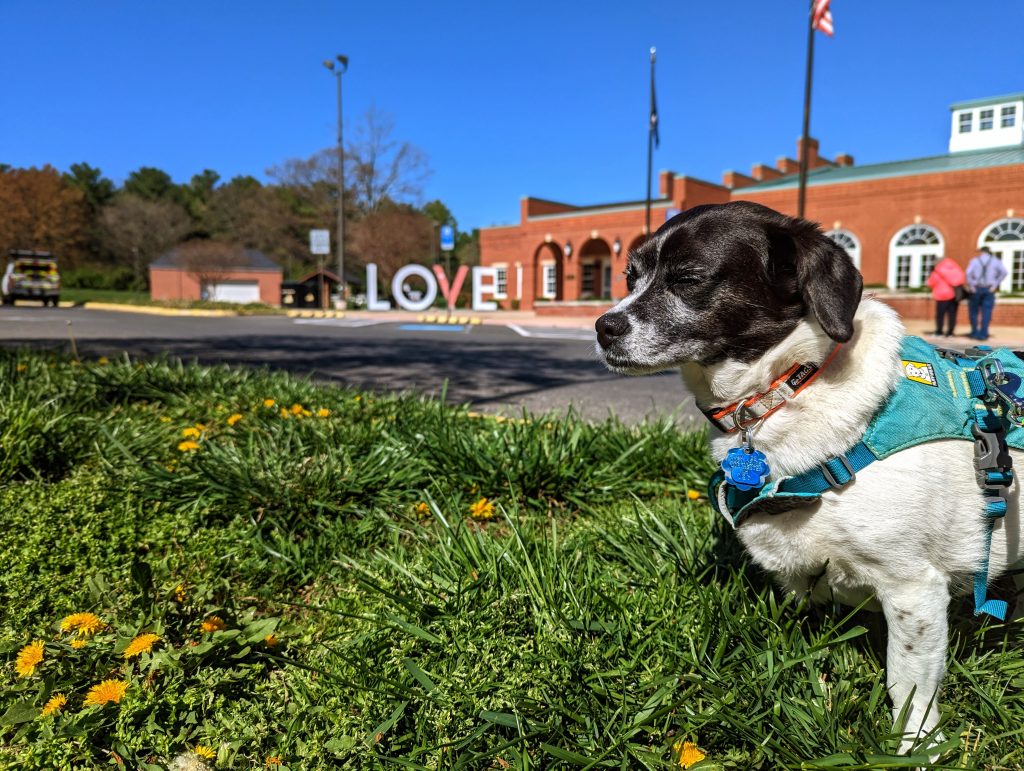
Modular Experiments
I purchased my first bit of eurorack kit in 2022 and put it to work in numerous projects. What attracted me to modular that it provided a convenient way to access a wide range of classic sounds that modern synths simply can’t produce.
Until now, I’ve treated it as a configurable performance instrument – a way to bring the past to today. But what else can it do? And what happens when you mix and match these classic modules in ways not previously possible?
In search of answers, I spent a quality evening designing a few analog modular drum kits, testing each patch idea with multiple oscillators and routings from various modules.
Let’s listen…
Kicks
We’ll start with a kick created with the Roland System 500 (triangle VCO waveform):
Here’s the same Roland filter etc. but fed by a sine from Behringer’s Arp 2600 clone:
Same as above, but with a pure sine from Deckard’s Voice in place of the Arp:
And finally, a mixture of oscillators from the rare and magical Ondes VCO:
Snares
Because the System 500 envelopes are so wonderfully snappy, I decided to stick with them for the snares. I pulled in a little white noise from Deckard’s Voice and some pink-ish noise from the Arp 2600 and tried various oscillator, envelope settings, and mixed the sources to taste.
This snare features the Arp 2600 pulse (square) wave:
Same as above but fed by Deckard’s sine:
And a lovely mixture of ultra-classic oscillator designs from the Ondes VCO:
Full Kit Pattern
So I picked my favorite combinations, designed a couple of cymbals and…
…multitracked a simple drum pattern (dry, compression only):
Just for fun I mixed in a sampled kit as well to see if they played well together:
Conclusions?
A lovely evening was had by all. No losers here! I was particularly struck by the dramatic differences with such small changes in the various source modules.
Dial in your patches carefully, kids. And hunt for those sweet spots… it’s easy to miss ’em!
